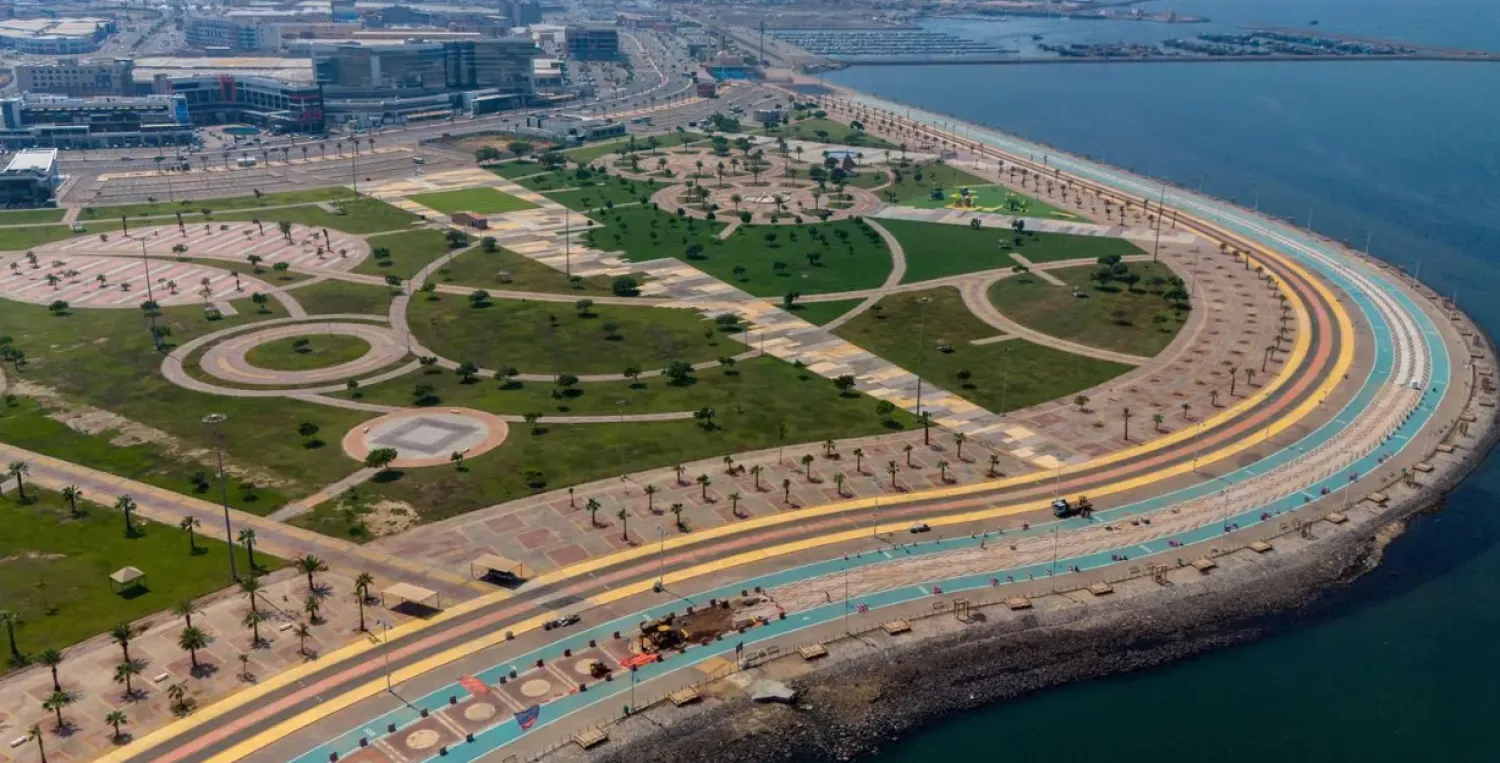Researchers have recreated what they're describing as the "scent of eternity" once deemed fit for an Ancient Egyptian noblewoman.
Beeswax, plant oil, and tree resin were among the ingredients that made up the aroma more than 3,500 years ago, which was used during the mummification of a woman named Senetnay, according to Sky News.
Fast-forward from 1450 BCE to 2023, and the unique smell has been developed again using advanced analytical techniques that can separate chemicals and identify what they're created from.
In this case, a team analyzed balm residues found in two jars used during the mummification of Senetnay.
They were excavated from a tomb in Egypt's Valley of the Kings more than a century ago, and are now housed in Germany's August Kestner Museum.
The balms were found to have been made using a blend of beeswax, plant oil, fats, bitumen, a balsamic substance, and several resins.
Egyptologist Christian Loeben, a curator at the museum, said the work offered not just an understanding of the "sophisticated mummification process", but the ancient civilization’s trade routes.
'Key member of pharaoh's inner circle'
Professor Nicole Boivin, senior researcher on the project, said: "The ingredients in the balm make it clear that the ancient Egyptians were sourcing materials from beyond their realm from an early date. The number of imported ingredients in her balm also highlights Senetnay's importance as a key member of the pharaoh's inner circle."
French perfumer Carole Calvez worked with the researchers to recreate the scent, which will be presented at Denmark's Moesgaard Museum.
The team, led by Barbara Huber, said they hoped it will provide an "immersive, multisensory experience" to visitors, bringing the mystique of Ancient Egyptian mummification to the modern day









